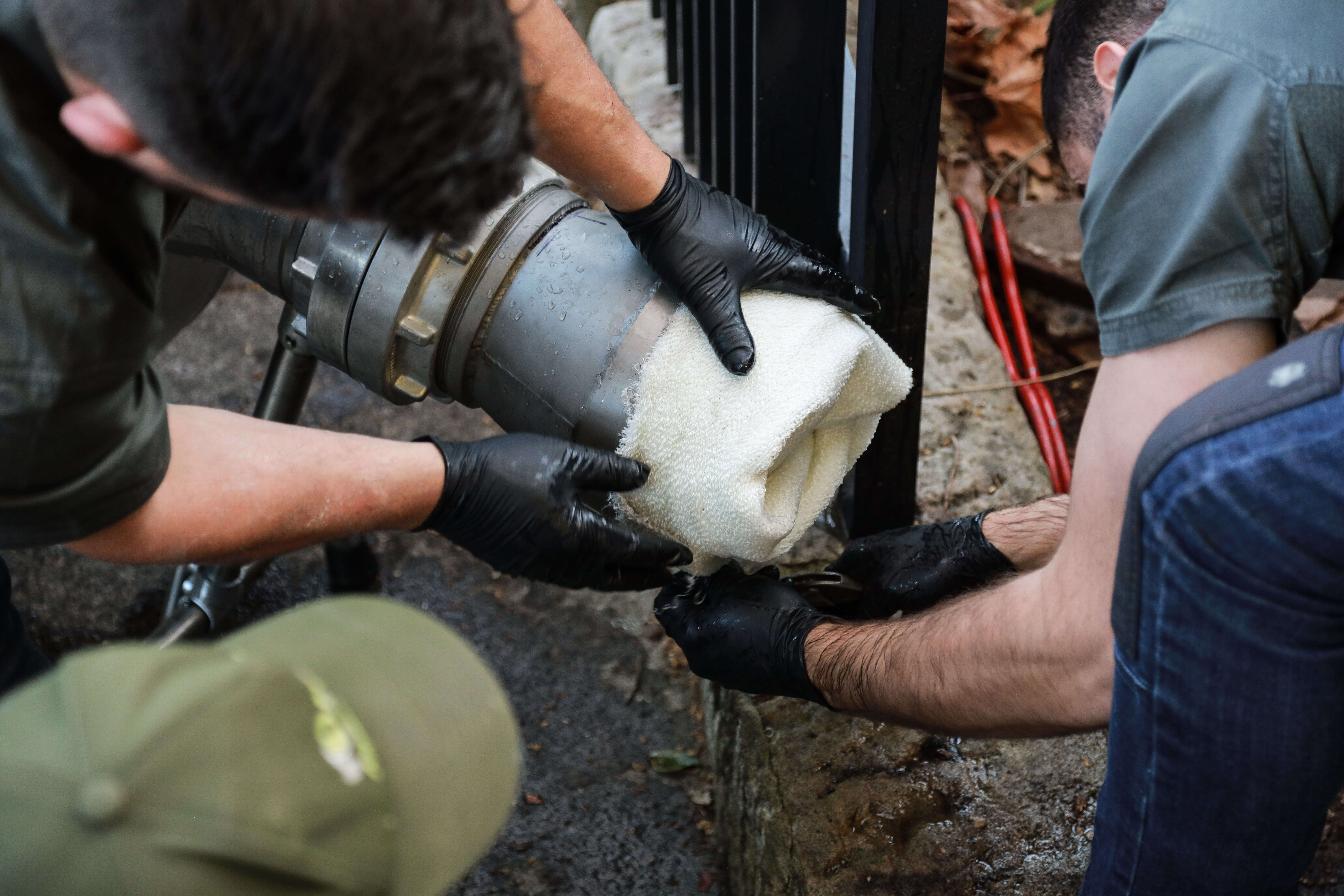When it comes to plumbing pipe emergencies in your home, there’s almost nothing worse than water leaks. You’ve got a hidden leaky pipe or you’ve left the bath running and before you know it, you’re standing ankle-deep in water.
As well as being a big inconvenience, flooding can cause water damage and the need for expensive repairs in your home. But hey, it could be worse. You could be standing ankle-deep in sewage water.
Sewage flooding doesn’t just look and smell bad, it can potentially be bad for your health too. If you’re suffering from sewage flooding in your home, the first thing to do is figure out the cause. Once you’ve identified your problem it’s much easier to get things back on track.
Mud trapped in stormwater pipe
If you’ve washed off your car after 4-wheel driving or rain has turned your yard into a swamp then you could be at risk of a blocked stormwater pipe.
Mud gets into the stormwater lines from various areas, from your driveway to your drains and gutters. Once it gets inside the system, mud accumulates because it doesn’t decompose like regular waste. For this reason, it’s important to clear blocked stormwater drains.
If it’s left unattended for long enough that blockage will lead to flooding and a sticky situation for you. Make sure you clean any problem areas – like driveways and gutters – to stop mud in its tracks.
Food blocking pipe lines
Food is great on your plate, better in your stomach, but bad for your sewers. When waste that isn’t meant for the sewer finds its way down there, it begins to choke the system, and food scraps are no different.
Flushing your food down the drain is not recommended and neither is washing your scraps down the sink. Remember to dispose of all of your scraps properly to avoid flooding and other disasters.
Grease stuck inside drains
Are you preparing to wash your pan after a fantastic fry up? Do your dishes go into the dishwasher without a rinse. These factors and more can cause grease to settle on the inside of your drains, creating a blockage that can lead to sewage flooding.
Dispose of your greasy residue by putting it in the rubbish or storing it in a plastic container and disposing of that correctly.
Finding the cause of your pipe blockage is half the problem but wouldn’t you rather stop it in its tracks before it leads to a flood?
Tree roots in sewer pipe
There’s an old saying “what you don’t know, won’t hurt you”. Well, that saying does not comply when it comes to blocked drains. Just when you think everything is normal you start to hear a gurgling sound that you try to ignore!
Those sounds are the beginning of a potential disaster. What you couldn’t see was the tree roots from your garden had grown into the sewerage system, creating a barrier for flushed toilet paper to pass through. Within hours the drains start to fill up and before you know it your ankle is deep in wastewater.
Regular drain checks are vital. So, think ahead and call pipe experts to arrange a pipe drain camera inspection.
Old and cracked pipes
Plumbing pipes are like humans, we work our whole lives then get to a stage where you have to hang up the boots and make way for the new generation.
PVC pipes were introduced in the early 70’s but the original copper and earthenware terracotta pipes are over 100 years old in some houses.
Unfortunately, these clay pipes are prone to cracking over time. Old rubber ring joints on pipes deteriorate and start to leak water. Leaking drains attract tree roots and also wash away supporting soil. This encourages movement in the pipe, and in some cases, it causes pipe collapse.
Pipe relining will give your old pipes a new life without digging up the old bones! The Relining Company specialises in sewage pipe relining in greater Sydney – please call us on 0404 879 929, or book a free consultation.
Back to Top